The soundtrack composer's guide to music software
From expansive orchestral libraries to malleable atmosphere-carvers and thunderous impact engines, let us guide you through some of the best big-screen tailored tools around…
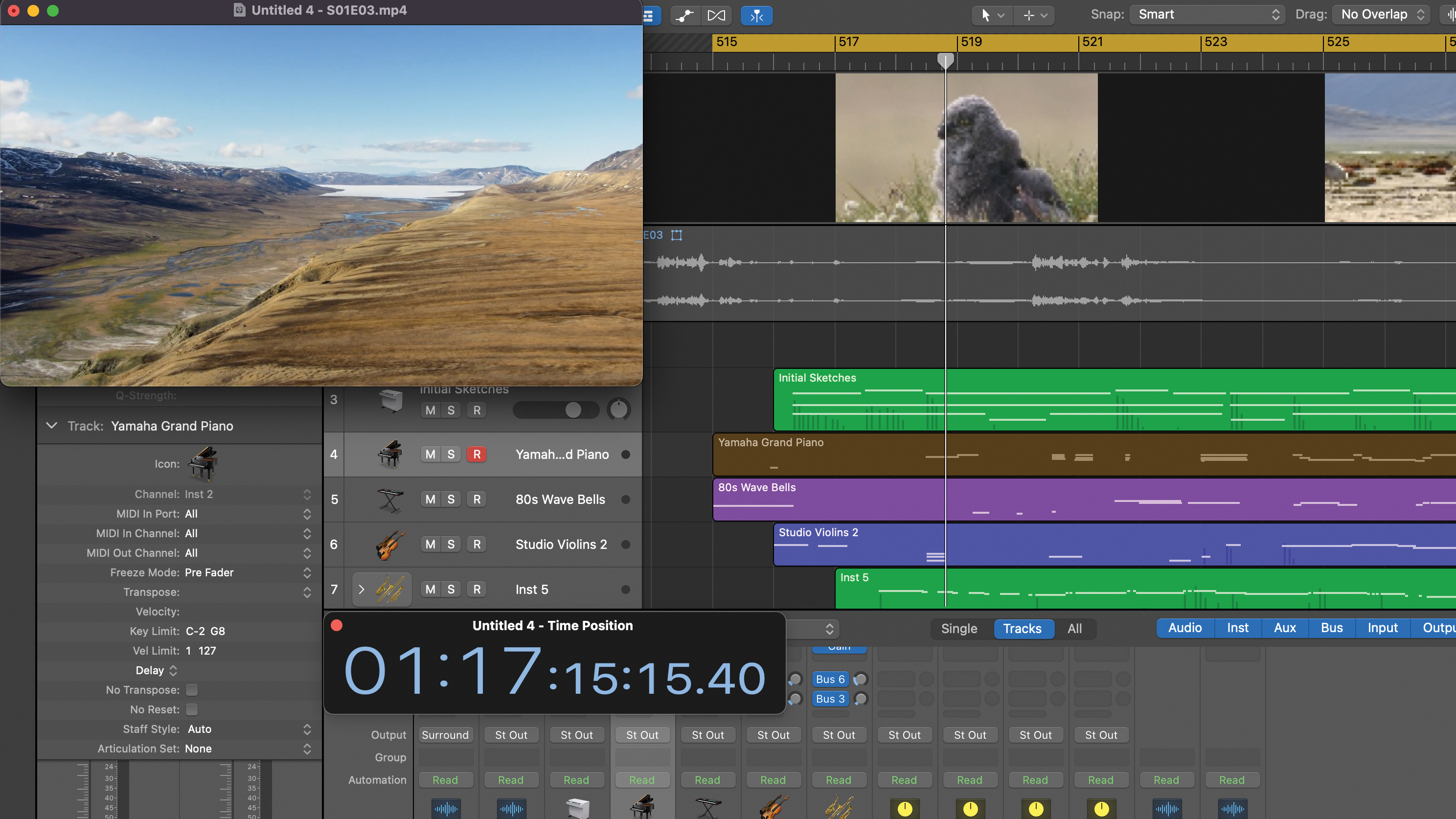
There are a lot of issues for musicians to worry about in 2023. Whether it’s anguish about the algorithmic nature of our listening habits, or those who point at the financial unsustainability of music streaming for the economic survival of artists.
With all this pervading negativity, some might even be thinking of stepping away from their core passion. But, a more positive, somewhat under-shared truth is that in the modern world, music has really never been more omnipresent.
The boom in streaming television over the last ten years has been inextricably bound to the services of a growing list of distinctive composers and sound designers. Expressive composers are personally hired to infuse their own creative sensibilities into our favourite shows, films and video games.
Merely a decade or so ago, the art of writing to picture was significantly different (and significantly harder) than the process is now. Thanks to the rise of video-supporting DAWs and upgrades, the plethora of big budget orchestral and real instrument sample libraries, not to mention the numerous mountains of sound design-tailored effects, most of us are over-armed to begin our soundtracking journey. The sad thing is, many of us probably don’t even realise it.
With the utmost respect for those god-tier composers that scored the films of our childhoods, most of us will never get the opportunity to stand before an orchestra and, baton in hand, conduct an auditorium full of distinguished musicians. Yet, with the increasing realism and expressivity of orchestral sample libraries, we can in essence do just that, albeit from behind a screen.

Soundtracking secrets: How to get started writing music to picture
While initial forays into sampling orchestras for commercial release stem as far back as the 1980s, it wasn’t really until the boom in computer-based production around the mid-2000s, when companies such as Garritan, East West and VSL brought out the earliest foundational touchstones, and paved the way for today’s sample instrument landscape. These early releases sported many then-innovations that we now take for granted.
While earlier attempts at orchestral sampling were restricted by slower processing power (or locked within external hardware samplers), these newer, larger libraries allowed for greater expressivity with multiple-instrument articulations, the introduction of round robins (not repeating the same sample recording twice, aiding the perception of humanity) and the ability to help capture multiple virtual mic positions simultaneously.
Get the MusicRadar Newsletter
Want all the hottest music and gear news, reviews, deals, features and more, direct to your inbox? Sign up here.
In the late 2000s, computer processing adapted to a new 64-bit norm. Leading DAWs began to support the brisker speed of this faster generation of CPUs resulting in an explosion in orchestral sampling. Huge, immaculately recorded orchestras could now be rendered in real-time within your projects, and multiple sample libraries could be used simultaneously.
Skipping ahead some 15 years, and here in 2023, we’re blessed with thousands of hard-drive space-swallowing virtual orchestras, many of which have been refined by those companies who took that early lead on pushing this new medium to its current state.
Companies such as Orchestral Tools, Spitfire Audio, the aforementioned EastWest and VSL, Cinesamples and Audio Imperia lead the charge in the marketplace, with a plethora of exemplary products, many of which have been tailored to a particular compositional niche. Others aim to be the only package you’ll ever need.
EastWest’s Hollywood Opus Edition is one such example. While the addition of over a decade’s worth of the Los Angeles-based company’s sublimely recorded sample instruments presents a treasure trove of riches, Opus also innovates with a novel approach to using these sounds.
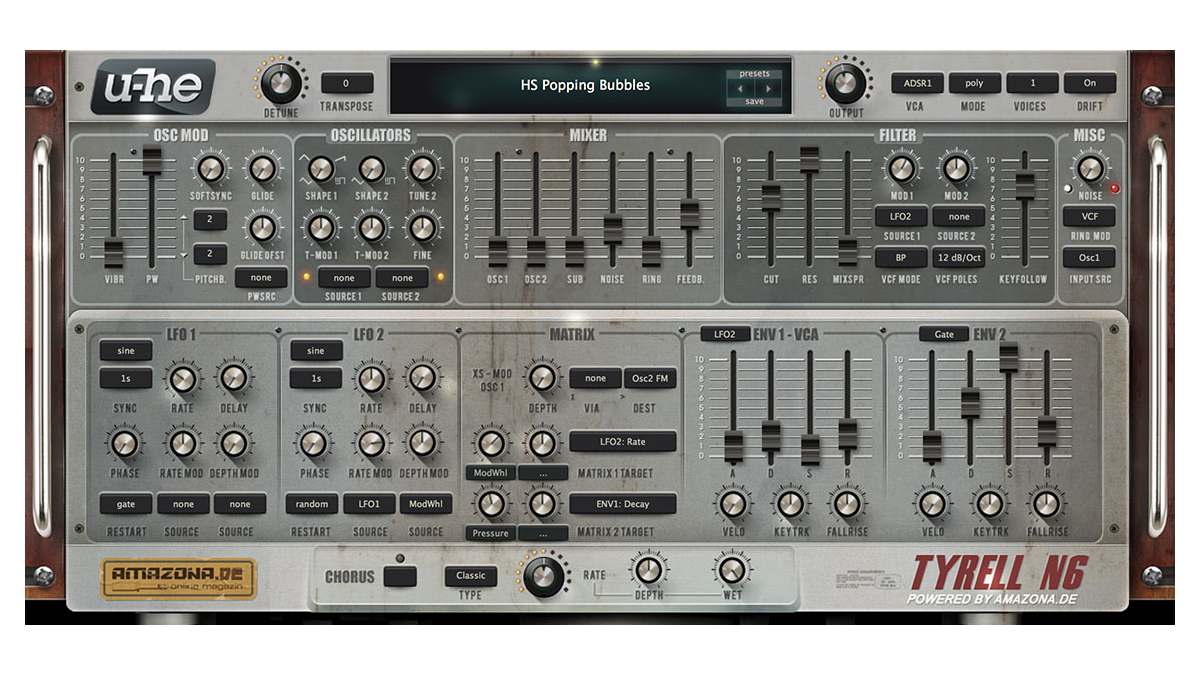
Its Orchestrator enables users to play a few basic chords via their MIDI keyboard, which triggers the Orchestrator’s smart engine to act as a creative collaborator, and shape new, real-time arrangements that complement and enhance your simple input by using the full force of its numerous libraries. If you’ve ever wondered what jamming out your most shabby chord sequence ideas with a world-class orchestra might feel like, this will give you a taste.
While the all-bases-covered ambition of EastWest’s flagship comes with a weighty price-tag, for those who want to just augment an existing tone, Spitfire Audio’s LABS range of bite-sized sample instruments are a pick ‘n’ mix of free, flavoursome acoustic instrument textures.
From guitar harmonics, felt piano, pipe organ, choirs to the more abstract world of atmospheric soundscapes and moods, Spitfire’s musician-curated series will certainly have more than a couple of complementary additions to your soundtracking toolkit. For that (non-existent) price-tag, hoovering up some LABS packs is a highly recommended first step for any budding soundtrack composer.
Spitfire Audio has also been the collaborator of choice for Hans Zimmer, releasing the titanic Hans Zimmer range of Strings, Percussion, Piano and Drums, as well as recent collaborations with the BBC and Abbey Road Orchestras.
These flagship products have ushered in some remarkable advances, furthering the number of articulations, expanding the capabilities of dynamic layering, effects and becoming more versatile via high-quality mic positioning.
Beyond the traditional world of the orchestra, modern soundtracking demands pulse-pounding impacts, evocative swells and subtle momentum. Companies such as Zero G and Heavyocity are major players here.
Though there are a vast array of soundtracking tools, the best approach is to really consider them as routes towards your own final product, and not ‘soundtrack generators’ to rely on exclusively
The former have an astounding array of drone and texture creative tools, including their ‘creation instrument’ Enigma, the ethereal Inner Balance, as well as a large array of soul-touching vocal samples. For our money, Ethera Gold provides the best of both worlds, melding their vocal excellence with a smattering of dense wavetable synth-crafted sounds.
Heavyocity, on the other hand, have particular form for aggressive sounding instruments, impacts and processed effects. Take Symphonic Destruction, a fusion of traditional and hybrid orchestras with heavy guitars, dirty synths and colossal thumps.
There’s also the revered Damage 2, which provides the perfect means to sync colossal-sounding rhythms and ‘punish’ them in surprising ways. The company’s new Uncharted 88 prepared piano library looks set to further their brutal sonic ethos.
Though there are a vast array of soundtracking tools, the best approach is to really consider them as routes towards your own final product, and not ‘soundtrack generators’ to rely on exclusively.
To really stand out in this crowded playing field, your own personality, choices and sonic ideas need to bleed through. Try not to ape others too much. Your music should not only serve the project, but reflect your own artistic personality. That said, all of these products are healthy additions to any soundtrackers’ resource pool.
Best sound design plugins
An integral facet of modern soundtracking, sound design is a practice well catered for by any of the following…
1. UVI Meteor
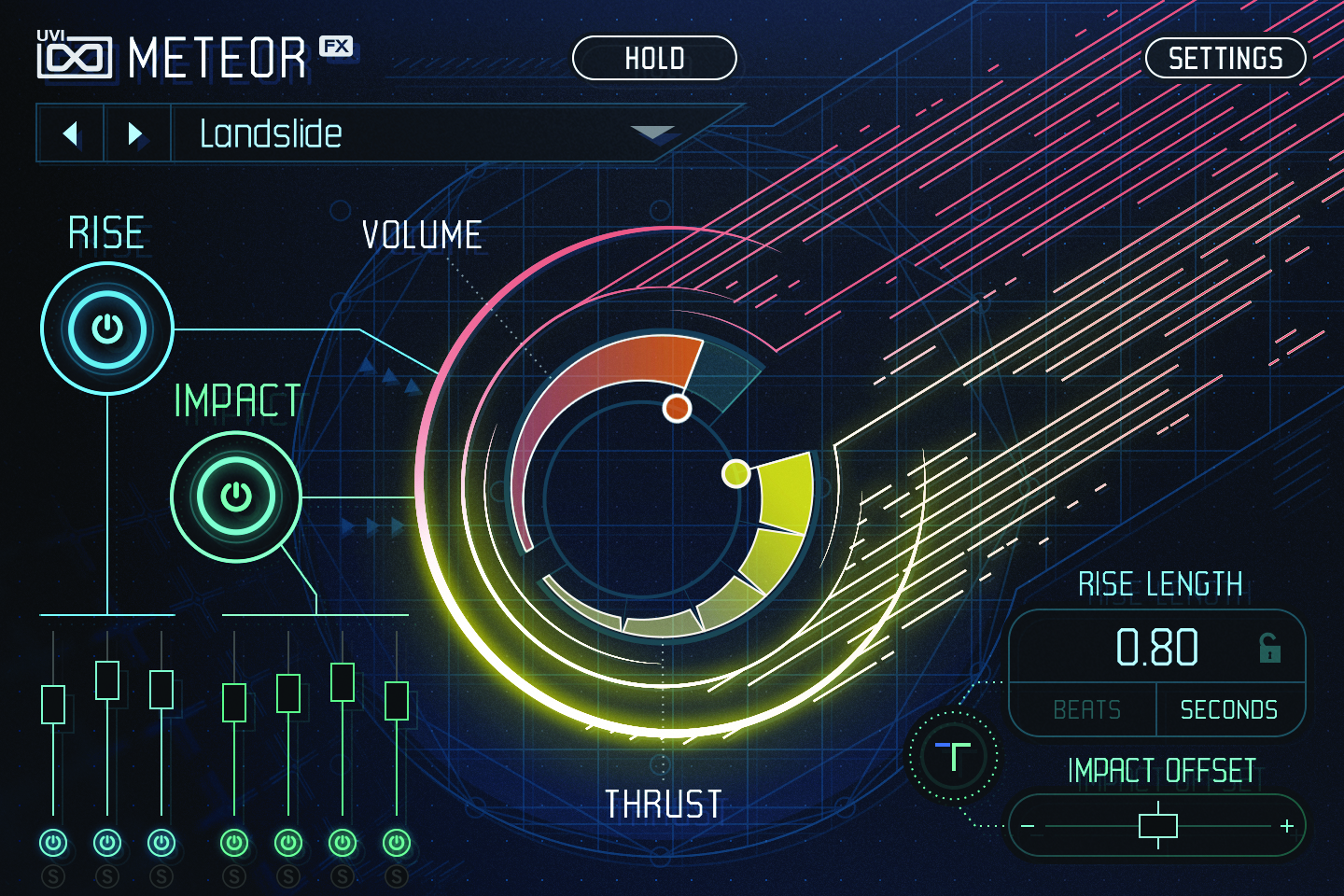
UVI’s swell and impact designer is a joyously dramatic tool that can inject much needed punch to your soundtracks and sound design cues. In addition to its banks of layered swells, crescendos and hits, Meteor sports a colourful effects section that allows greater modulation, it’s also got a very intuitive UI that encourages experimentation and randomisation.
2. Native Instruments Straylight
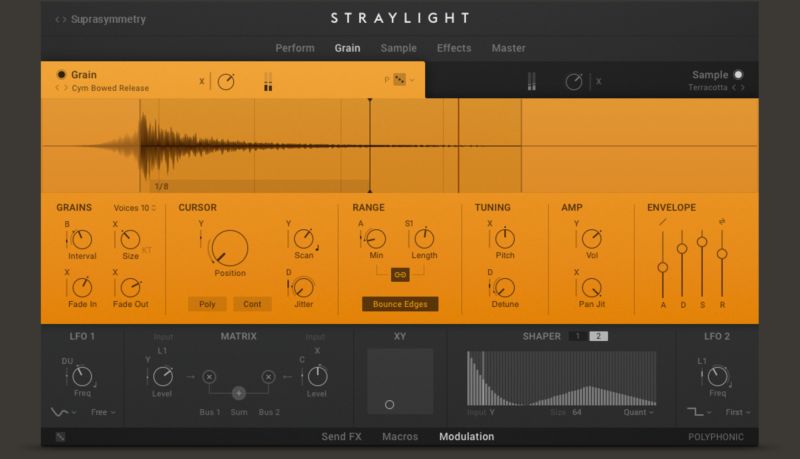
Native’s granular synth is angled at those immersive, enveloping sound design mixes that have so defined modern epic cinema’s best aural experiences. With a series of lush sound sources as its bedrock, Straylight enables you to build ambient atmospherics via its granular sample modules. Crafting unnerving, otherworldly textures has rarely been so much fun.
3. Output Portal
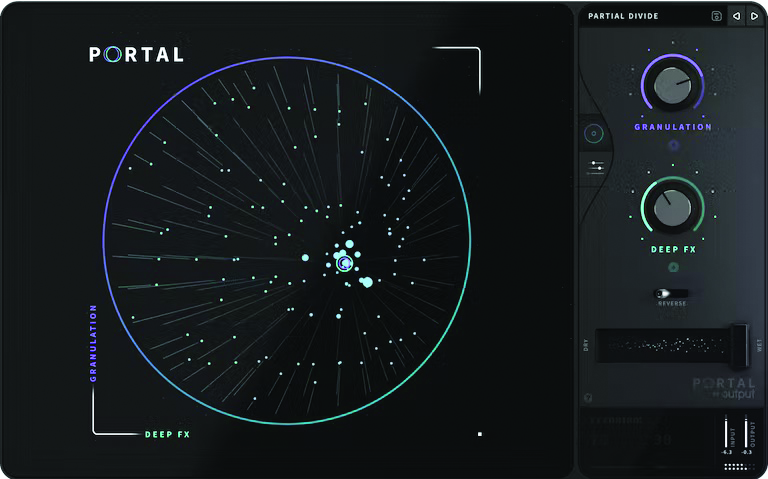
Presenting the means to re-configure the way you make music into a granular world of swimming, interlocked textures, Portal can shake up your starting point so as to unrecognisable, pushing you down all manner of fascinating sonic highways. Its simple X/Y pad belies its deeper under-the-hood abilities to stretch, morph, quantise and pan your grains like putty.
4. Heavyocity Gravity
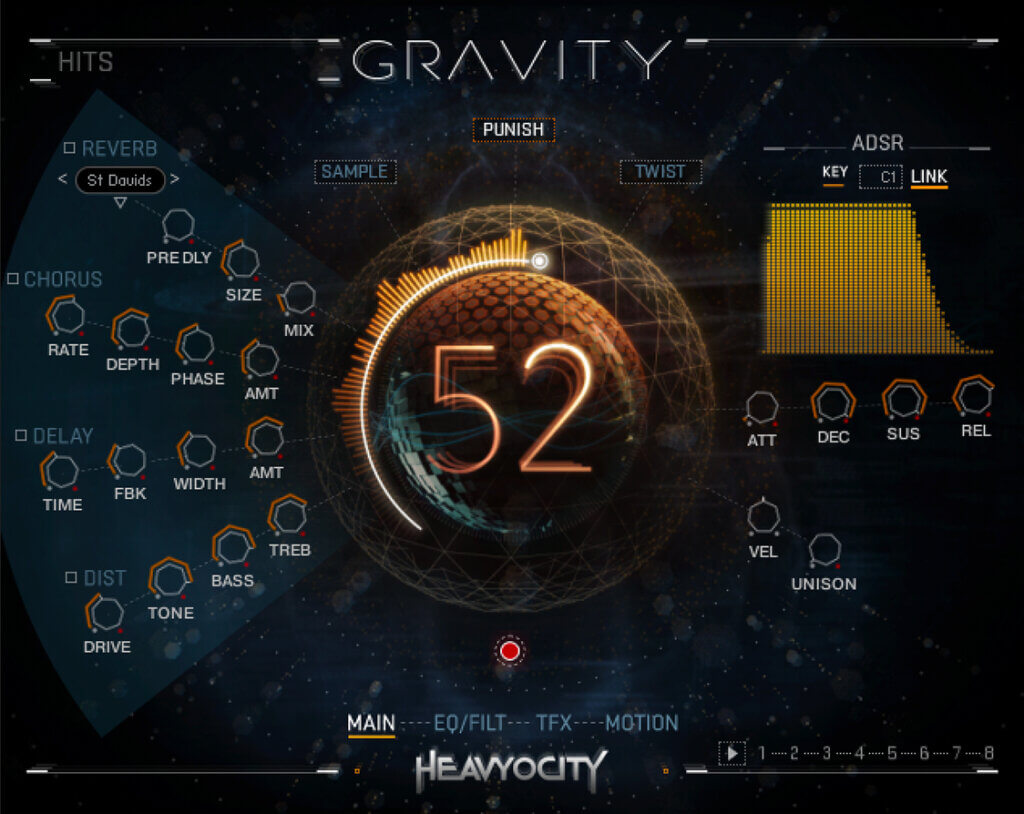
Continuing in the epic vein, Heavyocity’s spacious Gravity is a suite of vibrant hits, pads, risers and cinematic stings, melding the orchestral, electronic and sound design worlds as many modern soundtracks tend to. Its motion step sequencer is a dab hand at creating tempo-synced arpeggios and throbs, while its disturbing array of FX sequences range from the subtle to the downright terrifying.
5. Zero G Ethera Gold 2.5
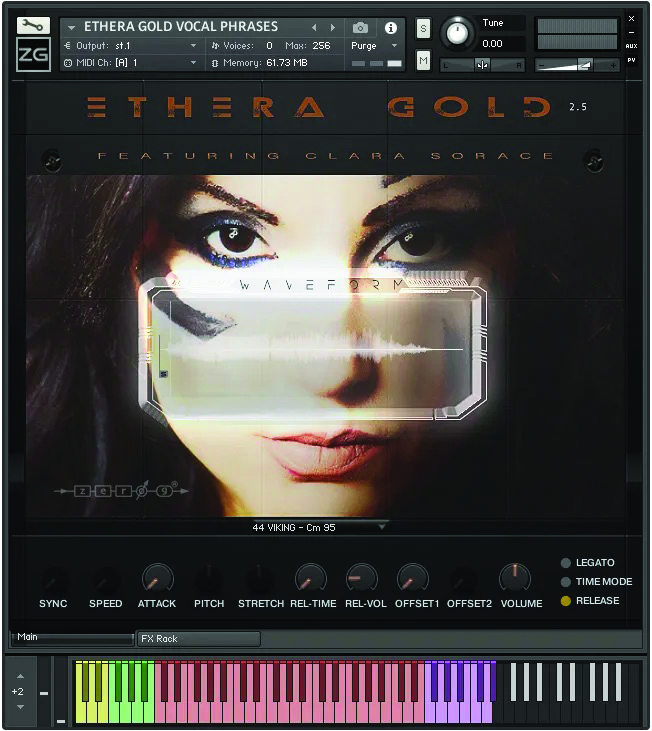
Another hardy film-scoring workbench that melds strings, impacts, effects and hybrid instruments, Ethera Gold also includes a range of emotion-affecting vocals in both male and female flavours. Its wavetable Core Synth textures incorporate samples of instruments such as brass, horns and string textures, while its multi-layered Vocal Synth is a true thing of wonder.
6. Spectrasonics Omnisphere 2
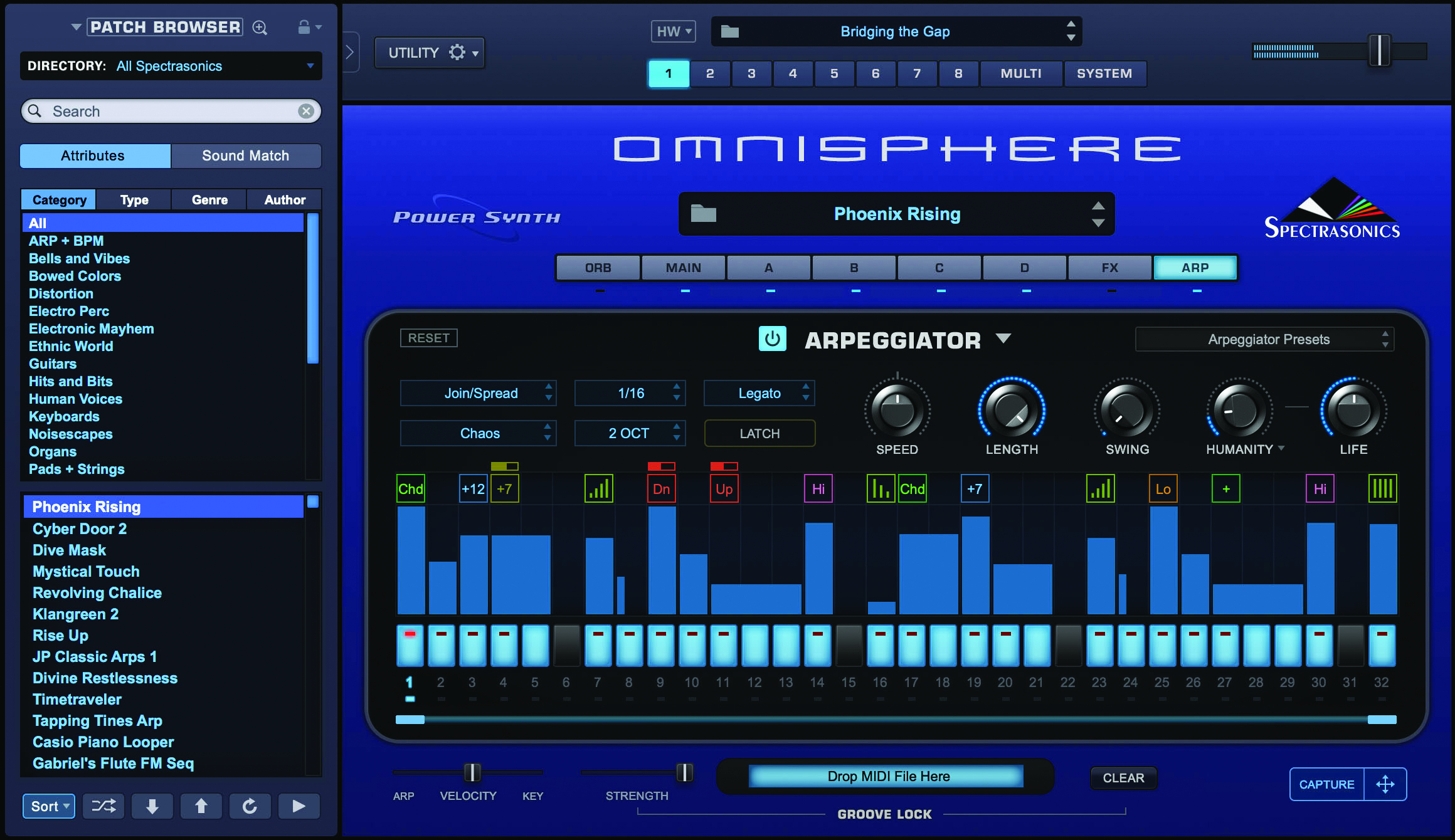
A well-established staple of the soundtracking world, Omnisphere’s reputation is built on its incredible depth, featuring top-notch banks of presets and artistically crafted patches as starting point, its 500 DSP wavetables, state variable filters and quad-layered pads provide plenty of scope for evolving wildernesses of sound. A real beast.
Best writing to picture DAWs
Not all DAWs can handle the processing required to run video, but these are all more than capable...
1. Steinberg Cubase

Steinberg not only spearheaded the DAW concept, they’re also the top of the tree when it comes to the hierarchy of music-to-picture workstations. Cubase 12 has incredibly versatile video options, allowing you to sync rigidly to the video’s timecode, automate your tempo changes and even apply basic video edits yourself. It all boils down to one of the most well-featured music and video workflows that money can buy.
2. Apple Logic Pro
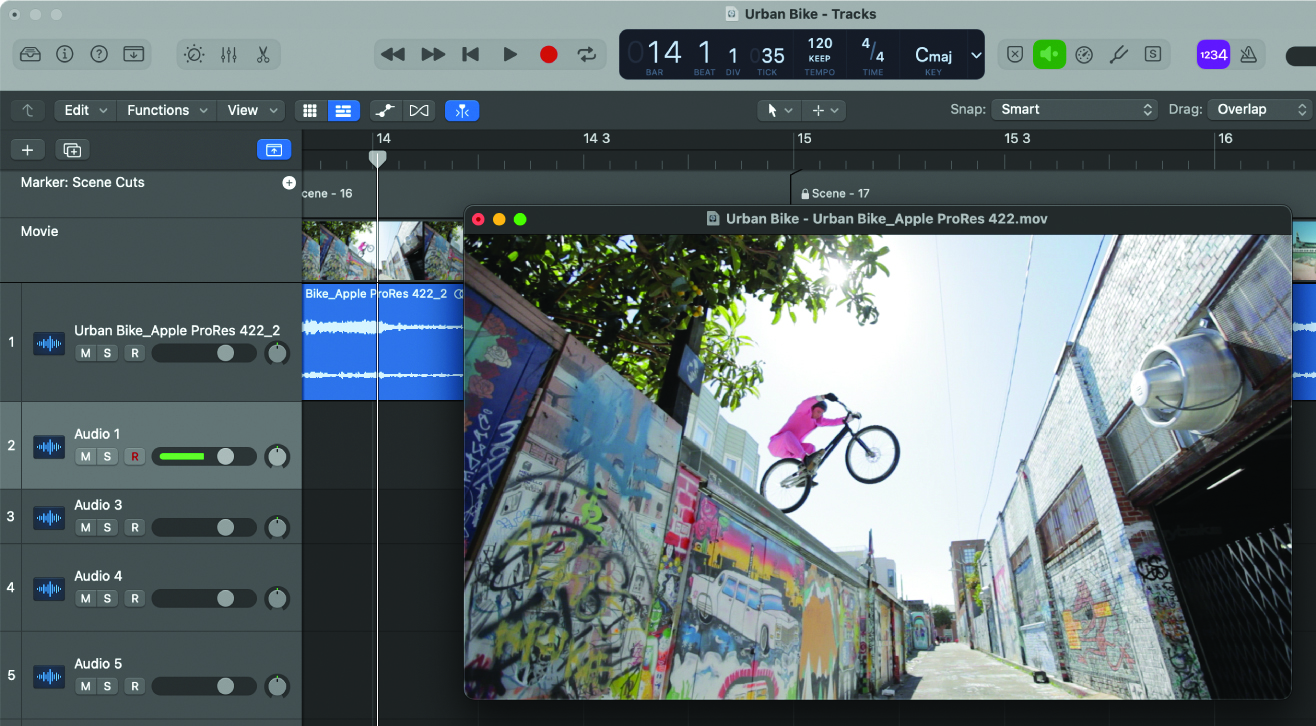
As with many long-established features, Logic’s video integration is now so quick and effortless that if Apple’s flagship is your home production go-to, then you don’t really need to look anywhere else to get started. With easy-to-use video importing, syncing and editing tools, it’s astoundingly simple to build your soundtrack via your AU instruments or in-built Logic sounds.
3. PreSonus Studio One 6

The latest version of Studio One not only incorporates an intuitive writing-to-picture workflow, but also includes tools to edit and re-shape the video itself. Aside from granting the ability to cut and trim to taste, Studio One 6’s video player welcomes any and every format, and facilitates a reliably stable writing-to-picture experience.
4. VEGAS Pro
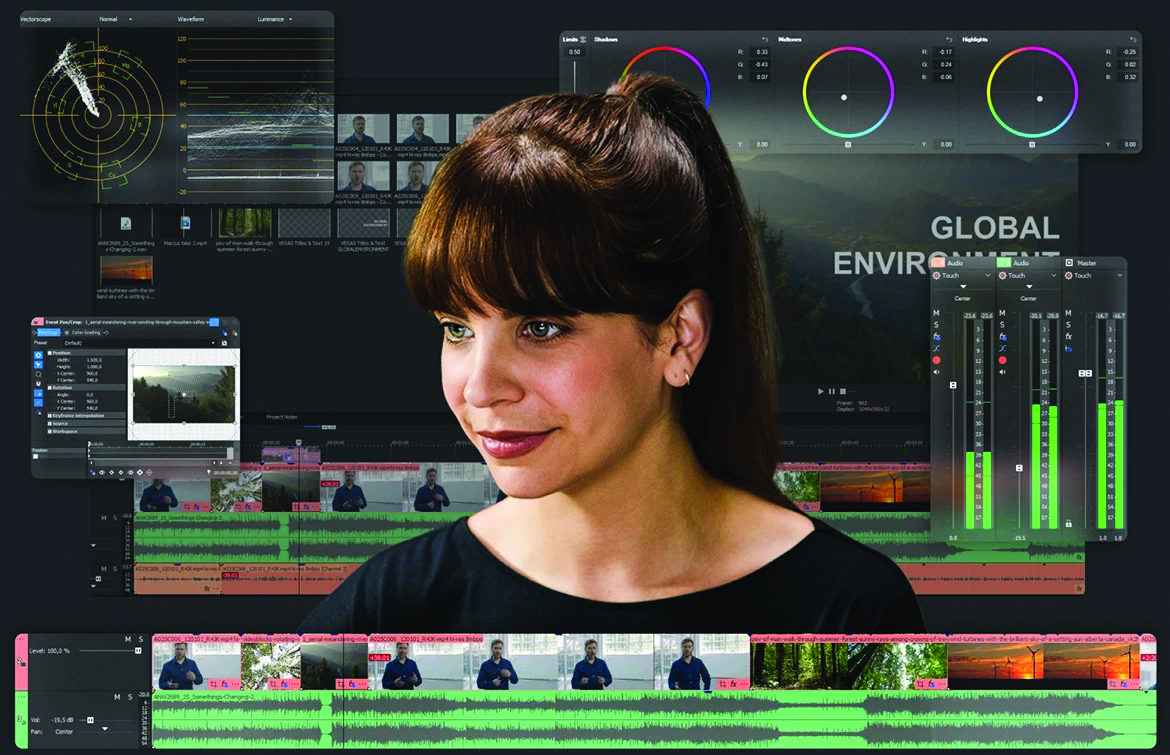
If you want to have a more visually angled approach, and want to shape existing cues, then Vegas Pro is excellent. Its versatile audio options allow for broader sound design and soundtrack melding, with the ability to deeply mould EQ, apply more detailed effects and optimise the final multi-channel environment.
5. MOTU Digital Performer
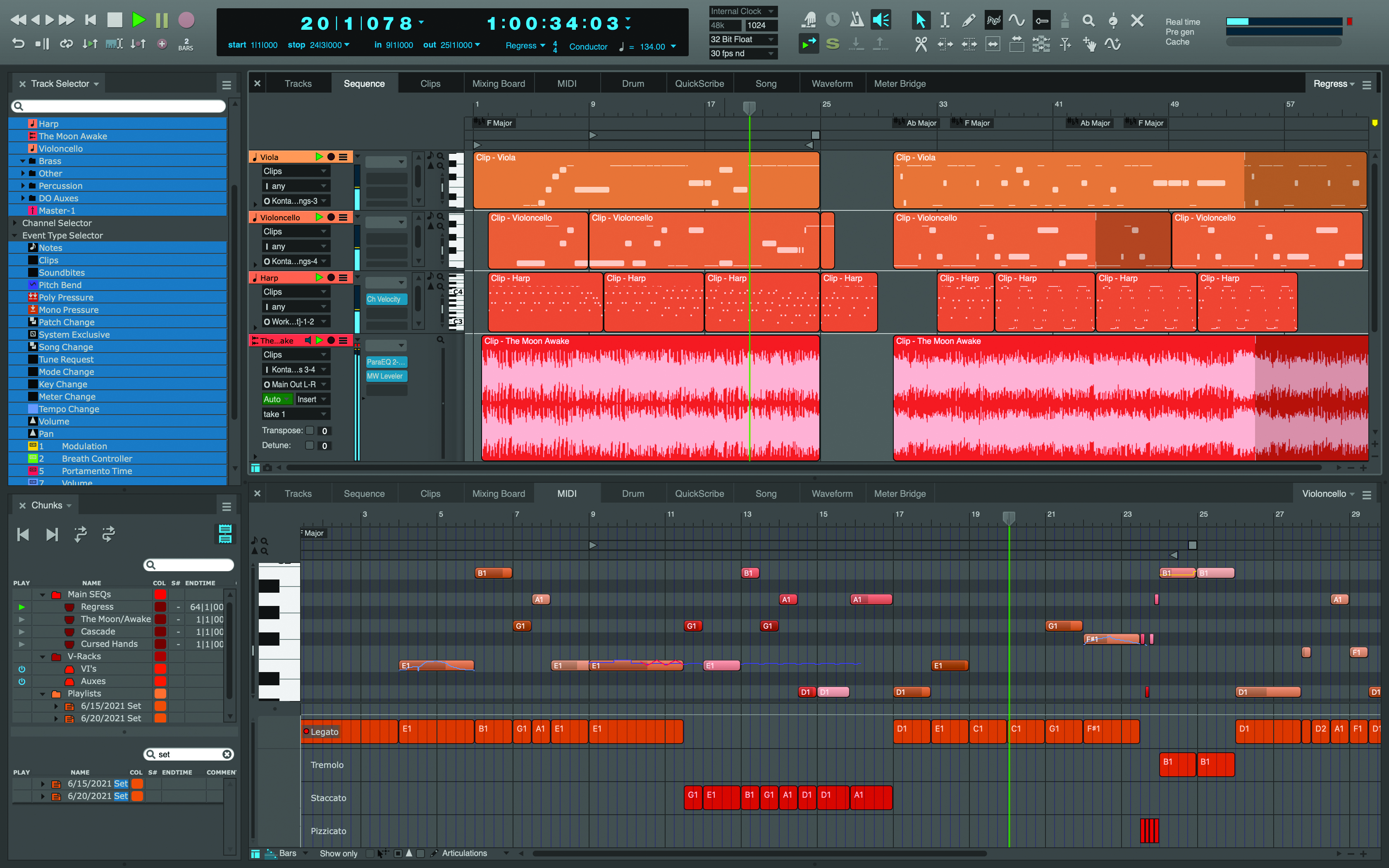
A rock-solid choice for music-to-picture duties, Digital Performer integrates video without fuss, and allows users to keep their cues readily available via the DAW’s ‘chunks’ feature. This makes copying cues to appear later in the project a breeze. It’s also got the ability to add markers for pivotal moments.
6. Ableton Live
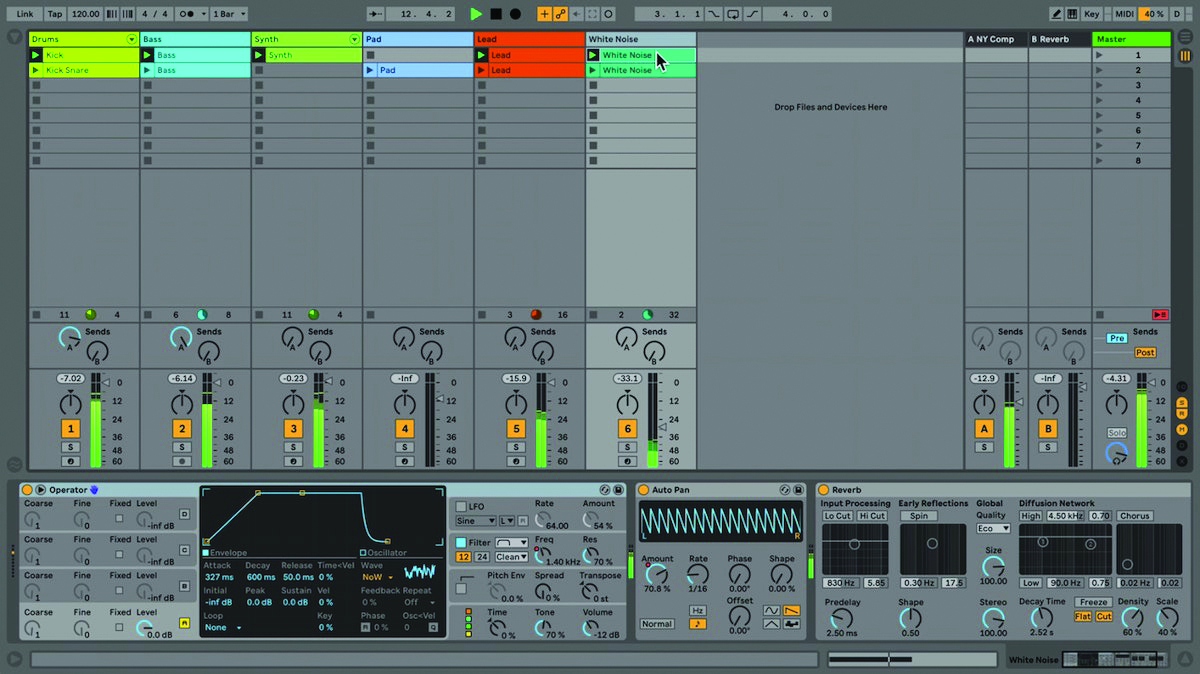
Many wouldn’t consider electronic music staple Ableton Live for writing-to-picture, but it’s got better at handling video, and visually-stimulated creativity. While more forensic frame-based editing may need tempo-tweaking, Live is not one to easily dismiss.
Best orchestral libraries
The power of an orchestra lay behind many of the best scores in cinema's history. Capture that in software with these versatile options...
1. Audio Imperia Jaeger
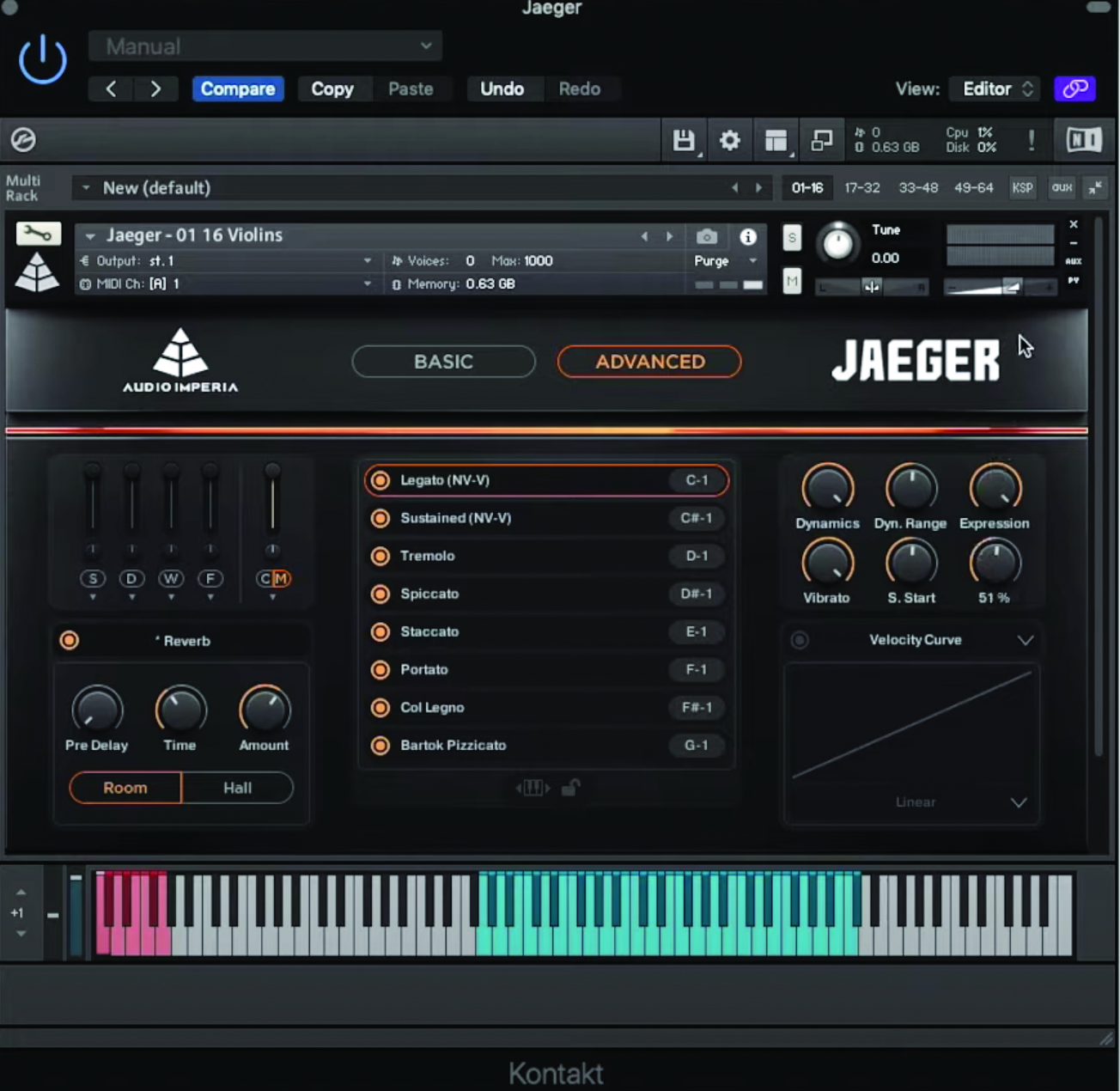
Aimed at those pulse-pounding Zimmer/Holkenborg-adjacent creatives, Jaeger’s video game-recalling UI hints at the type of epic scope that it expects you to be writing towards. It’s easy to concoct speaker-decimating horns, booms and intense orchestral tension. Bridging the musicality of the orchestral world with the coloration of sci-fi flavoured effects, Jaeger is the aspiring blockbuster soundtrack-maker’s dream.
2. EastWest Hollywood Orchestra Opus Edition
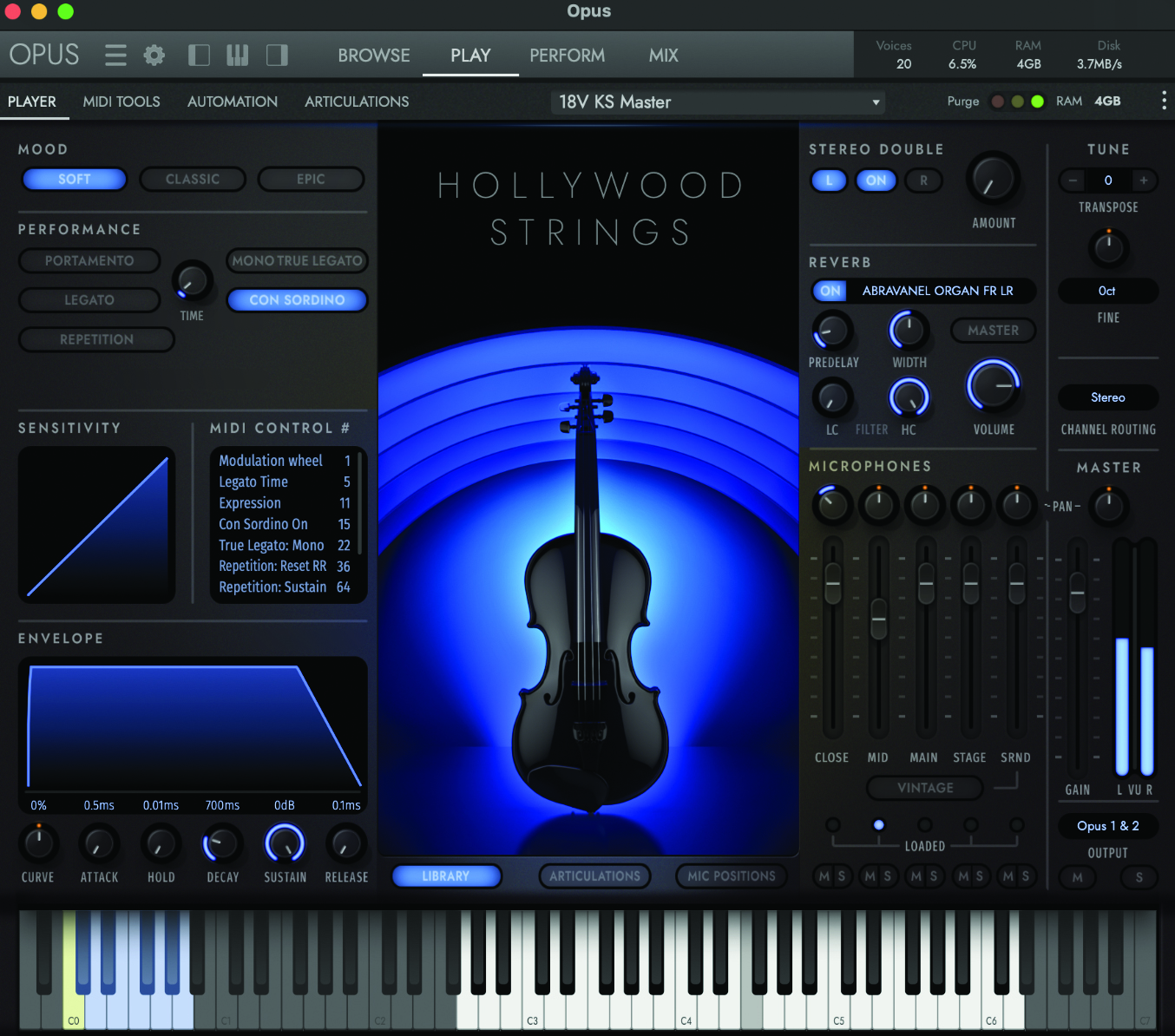
EastWest’s Hollywood Orchestra Opus Edition is a one-stop shop for orchestral punch. Spanning the industry-leading sample library company’s peerless roster of existing libraries, as well as a new violin section and redesigned interface, this immaculately crafted suite has little competition when it comes to attention-grabbing brilliance.
3. Spitfire Audio Symphonic Strings
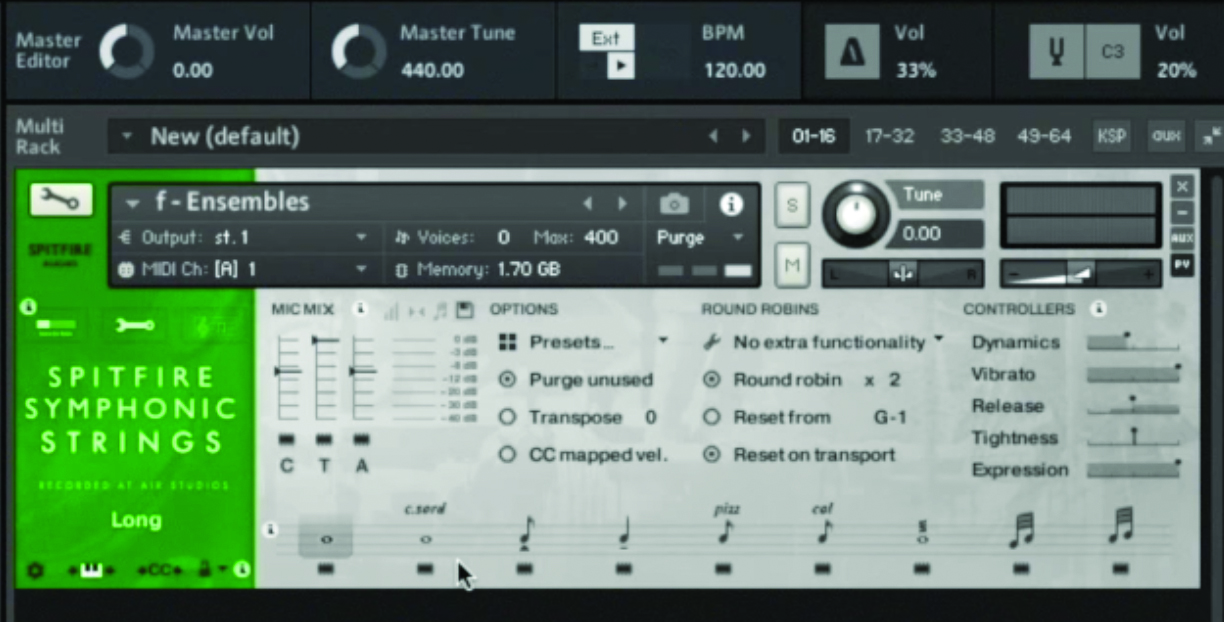
Spitfire’s ‘definitive string orchestra’, Symphonic Strings is all about getting a blockbuster-ready sound. Sampling 60 players performing 175 articulations at AIR Studios, the London-based heavyweights have perfected home orchestration. Captured with some truly priceless valve and ribbon mics.
4. UVI Orchestral Suite
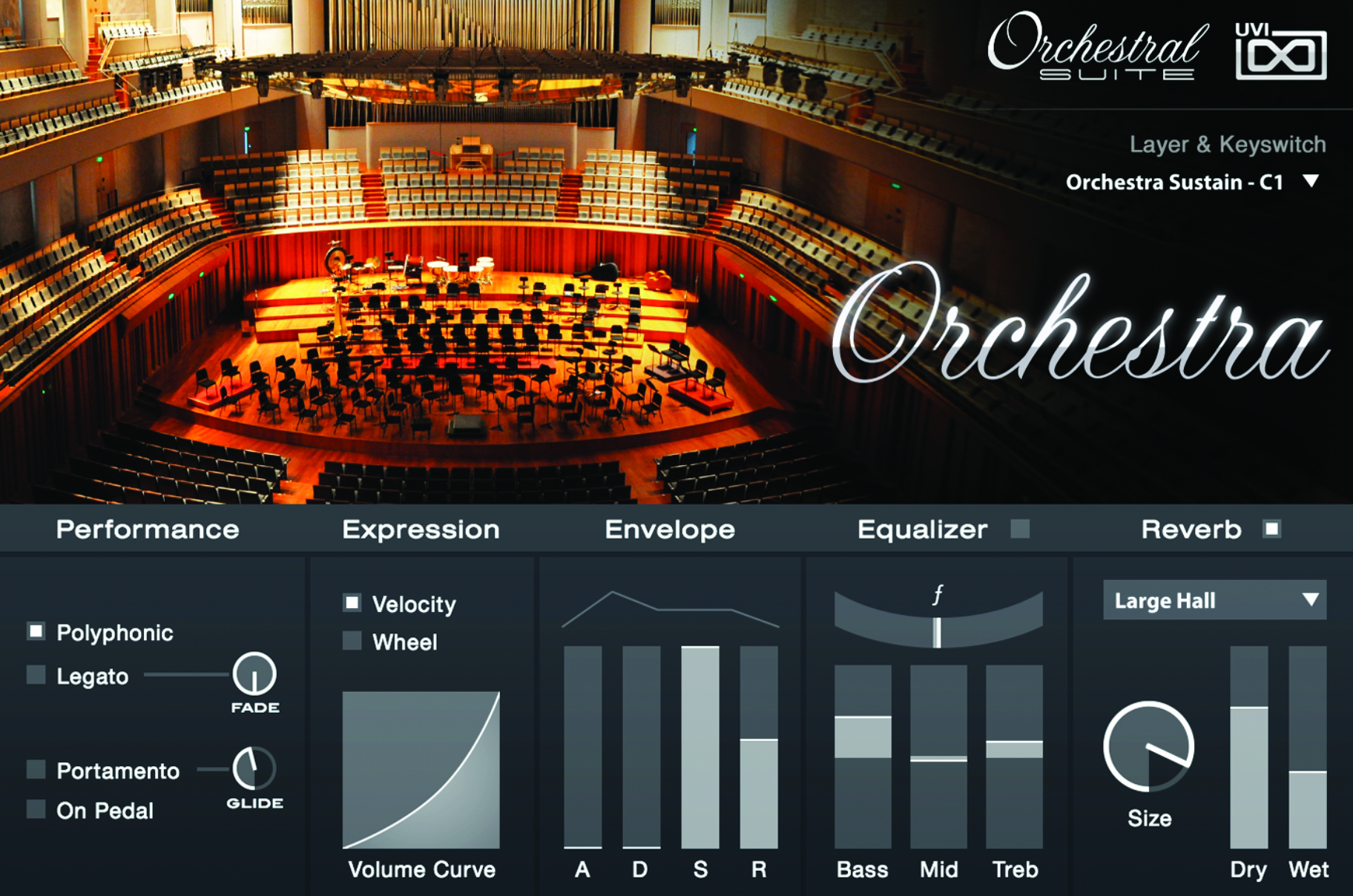
With an intuitive interface, UVI’s premiere cinematic solution is all about getting first-rate orchestral sounds with a minimum of faff. Spanning 60 high quality instruments, the key-switch system allows for speedy articulation adjustment, while its built-in convolution reverb allows you to situate your virtual orchestra within a range of famous spaces.
5. Orchestral Tools Metropolis Ark Ø
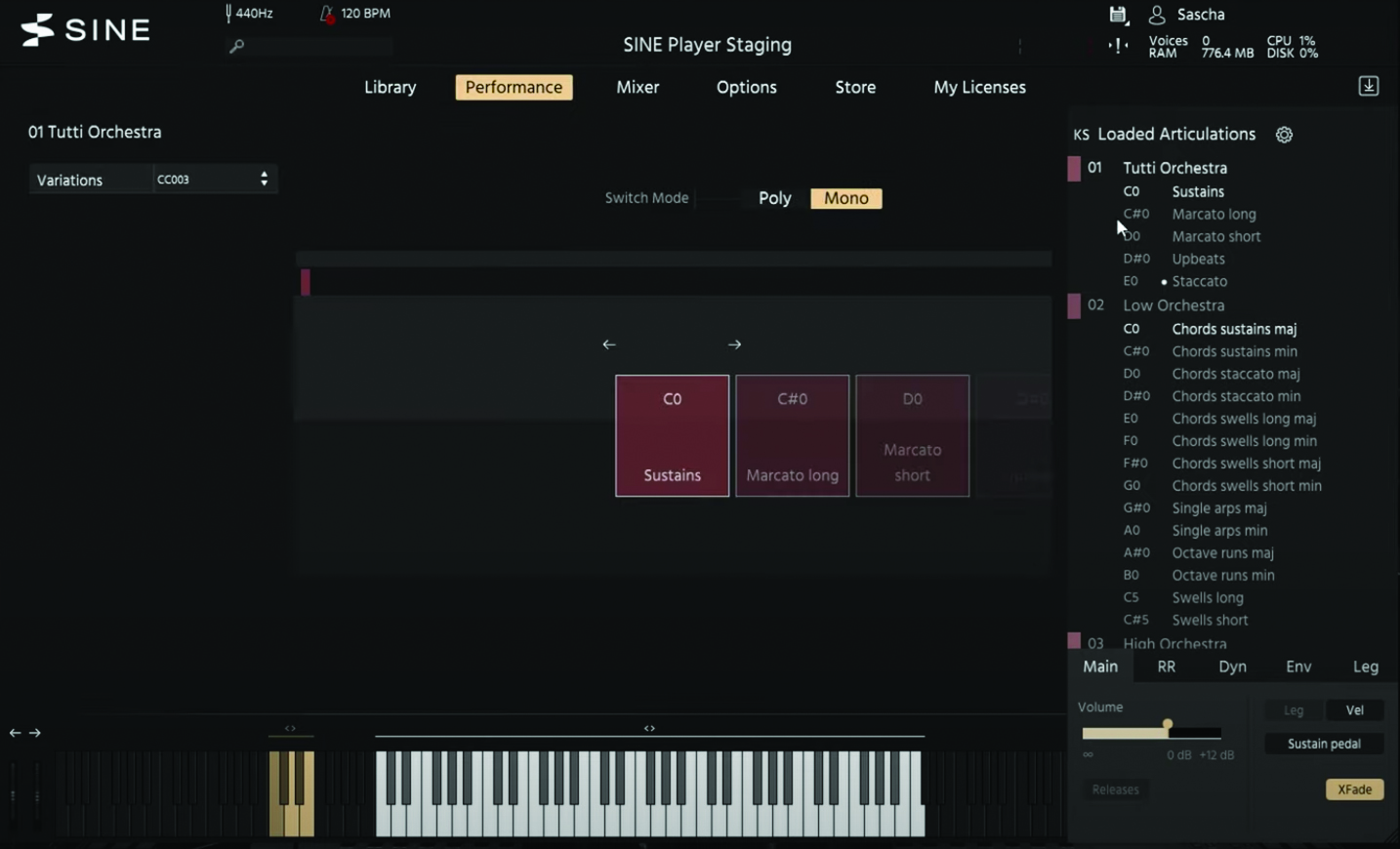
Long considered cinematic scoring’s titans, Orchestral Tools latest addition to their renowned Metropolis Ark range boils down the wide-ranging scope of the multi-part series into one easy-to-control ‘prototype orchestra’. Recorded at the Teldex Scoring Stage in Berlin, it’s able to concoct cues for film, television and trailer projects with ease.
6. Vienna Symphonic Smart Orchestra
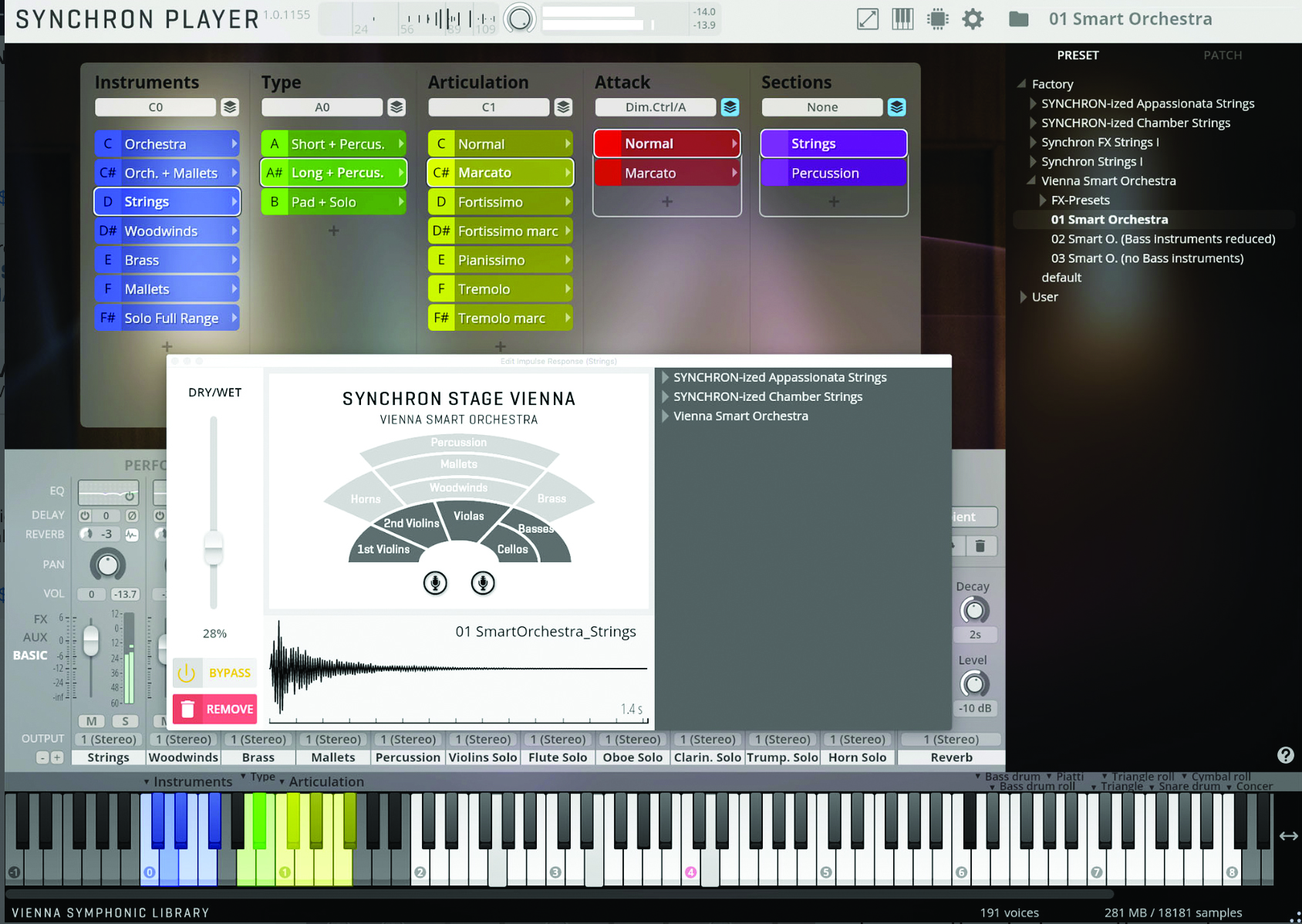
Bringing the immense power of a 140 piece orchestra to software, Vienna’s Smart Orchestra also encourages quick sketching of your future emotion-tugging themes. It also cleverly knows how to auto-balance elements of the orchestra itself, while the ability to integrate more experimental FX can steer you into more out-of-this-world directions.



I'm the Music-Making Editor of MusicRadar, and I am keen to explore the stories that affect all music-makers - whether they're just starting or are at an advanced level. I write, commission and edit content around the wider world of music creation, as well as penning deep-dives into the essentials of production, genre and theory. As the former editor of Computer Music, I aim to bring the same knowledge and experience that underpinned that magazine to the editorial I write, but I'm very eager to engage with new and emerging writers to cover the topics that resonate with them. My career has included editing MusicTech magazine and website, consulting on SEO/editorial practice and writing about music-making and listening for titles such as NME, Classic Pop, Audio Media International, Guitar.com and Uncut. When I'm not writing about music, I'm making it. I release tracks under the name ALP.









